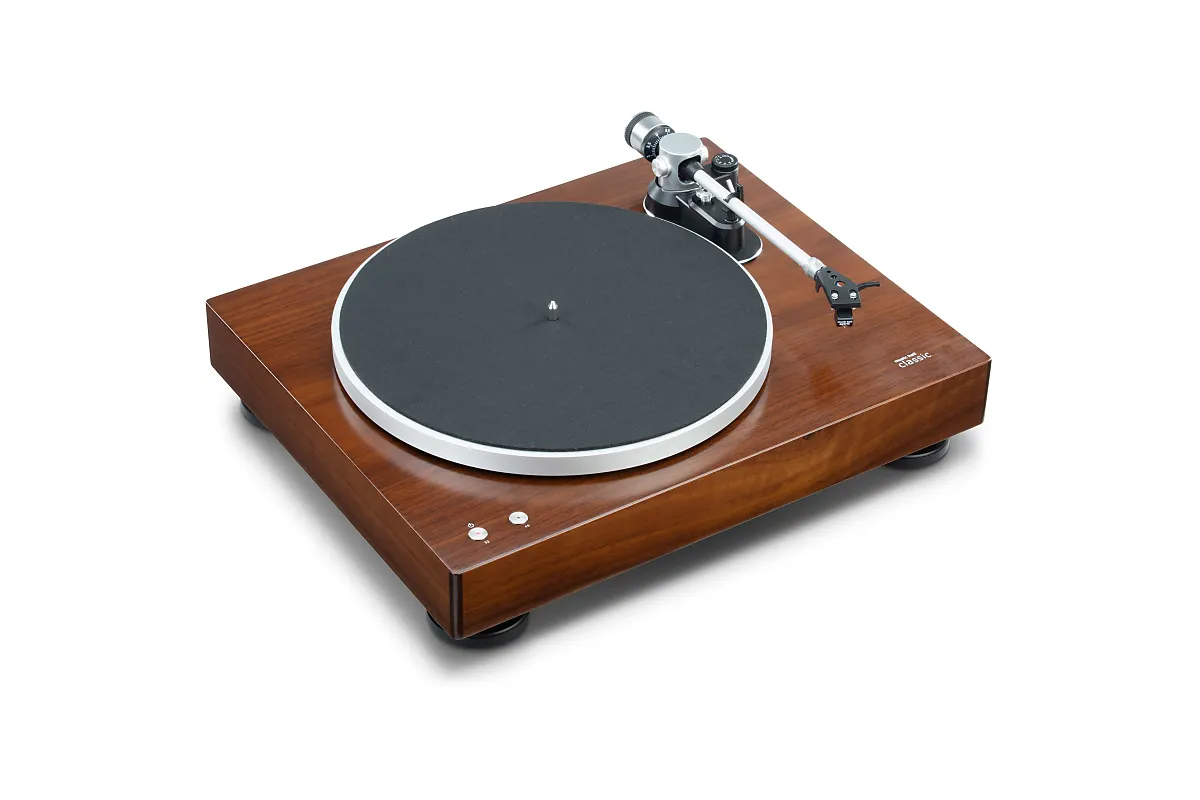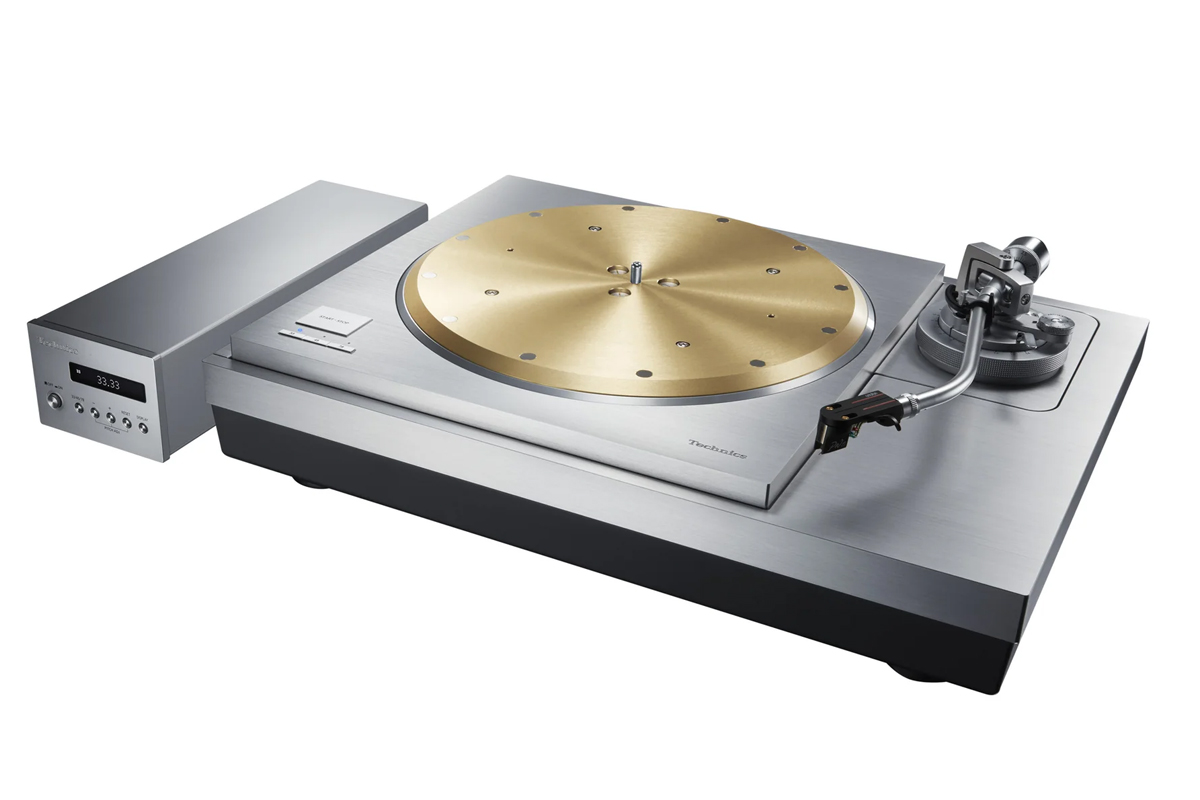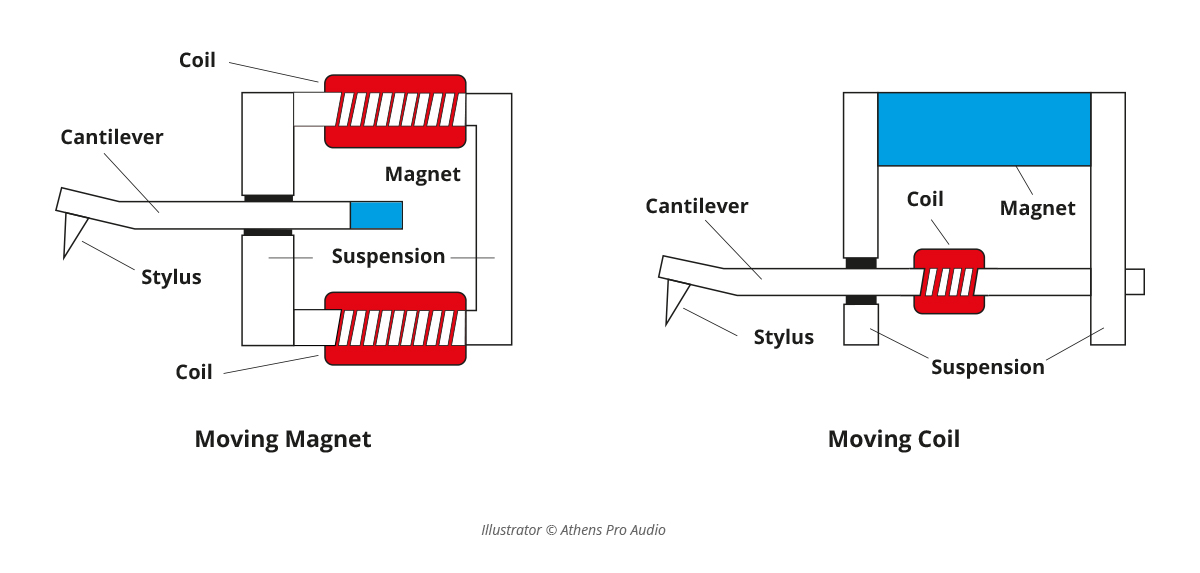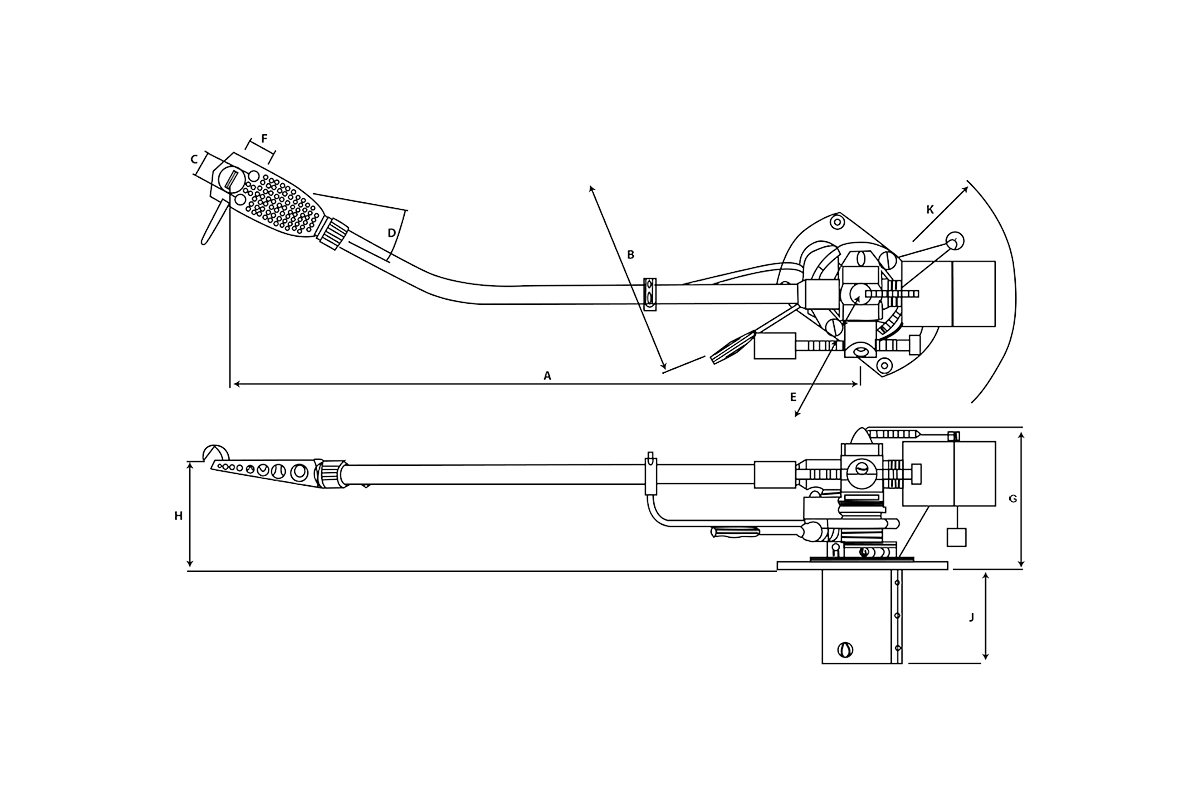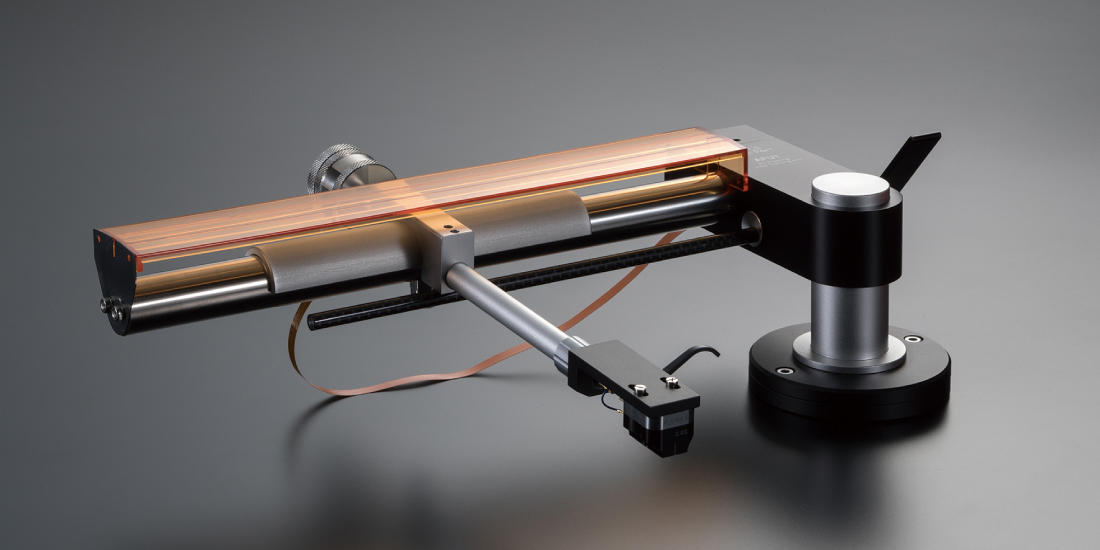How to Choose the Right Turntable for You.
Vinyl is back! Well, it didn’t really go away but its resurgence in recent years has seen it overtake the CD format of owning music. Many new releases are available as downloads (digital) or on vinyl only. Obviously, owning vinyl records requires a vinyl record player which is not quite as straightforward as going out and buying a CD player. There are many things to consider for such a purchase.
Choosing the right turntable depends on various factors such as budget, intended use, personal preferences, and your experience with analog sound. Here’s a guide to help you make the best choice based on your needs.
Determine the Purpose
Home Listening: If you want a turntable for personal enjoyment at home, focus on sound quality and ease of use.
DJing: For DJing, you'll need a durable model with features like high torque and back-cueing capability.
Digitizing Vinyl: If you're looking to digitize your collection, a turntable with a built-in USB output is ideal.

Types of Turntables
There are various types of turntables that differ in terms of mechanism, control, and features. The main categories are as follows:
Belt-drive Turntables
In belt-drive turntables, the platter is rotated by a rubber belt that connects the motor to the platter. This design offers several significant advantages:
• Better Vibration Isolation: The belt acts as a dampener, reducing vibrations from the motor and consequently improving sound quality.
• Higher Sound Quality: Many vinyl enthusiasts prefer belt-drive turntables because they produce a "cleaner" and more "natural" sound.
• Lower Cost: Belt-drive turntables are typically more affordable, making them ideal for beginners.
However, there are some disadvantages:
• Speed Stability Loss: The belt can loosen or wear out over time, affecting the accuracy of the speed.
• Maintenance Requirement: The belt may need to be replaced after years of use.
Πικάπ Belt Drive Music Hall Classic
Direct-drive Turntables
In direct-drive turntables, the platter is directly connected to the motor without the use of a belt. This design offers the following advantages:
• Immediate Response and Speed Stability: These turntables provide very stable speed and instant start-up, which is ideal for DJs who need direct control of the record.
• Durability: Direct-drive turntables are generally more durable and require less maintenance since there is no belt that can wear out.
• DJ Features: Many direct-drive models offer features like back-cueing, which are essential for DJing.
However, these turntables also have some disadvantages:
• Potential Vibrations: Since the platter is directly connected to the motor, vibrations may be transferred to the platter, slightly affecting sound quality.
• Higher Cost: Direct-drive turntables are usually more expensive, which may discourage beginners.
Technics SL-1000RE-S
The choice between a belt-drive turntable and a direct-drive turntable is one of the key dilemmas faced by vinyl enthusiasts. Each type has its own advantages and disadvantages, and the decision ultimately depends on the user's needs and preferences. At the end of the day, it comes down to personal preference.
Idler-Drive Turntables
Idler-drive turntables are a less common but historically significant type of turntable that use a rubber idler wheel to transmit power from the motor to the platter. The idler wheel is positioned between the motor spindle and the platter, directly driving the platter's rotation. This design was popular in the mid-20th century, particularly in the 1950s and 1960s, before belt-drive and direct-drive systems became more dominant.
Advantages:
• High Torque: Idler-drive turntables typically offer high torque, which means the platter can reach full speed quickly and maintain stable rotation, making them ideal for radio broadcasting and DJ use during their peak.
• Durability: The idler-wheel system is generally durable and robust, capable of handling heavy platters, which can improve speed stability.
Disadvantages:
• Noise and Vibration: The direct contact between the idler wheel and the platter can introduce more noise and vibrations, which may affect sound quality.
• Maintenance: The rubber idler wheel can harden or wear out over time, leading to slippage or other issues. Replacing the idler wheel can sometimes be challenging due to the rarity of parts.
• Less Common: As a vintage technology, idler-drive turntables are less common today, and finding replacement parts or making repairs can be more difficult.
While idler-drive turntables have largely been replaced by belt-drive and direct-drive systems, they are still appreciated by some audiophiles and collectors for their unique sound characteristics and historical value.
Automatic Turntables
These turntables can start and stop playback automatically with the push of a button. The tonearm moves automatically onto and off the record.
Semi-Automatic Turntables
In these models, playback starts manually, but the tonearm returns to its resting position automatically at the end of the record.
- Operation: The tonearm is placed and/or returned automatically at the end of the record.
- Advantages: Greater convenience and protection for both the record and the stylus.
- Suitable for: Beginners and those who prefer ease of use.
Manual Turntables
The user manually moves the tonearm onto the record to start playback and must do the same to stop it at the end. These turntables offer greater control to the user.
- Operation: The user must manually place and remove the tonearm.
- Advantages: Typically offer better sound quality and fewer mechanical parts that could malfunction.
- Suitable for: Audiophiles who desire greater control and superior sound quality.
USB Turntables
These turntables feature a USB port, allowing vinyl records to be digitized into MP3 files or other audio formats. They are useful for those who want to store their music digitally.
Read our detailed Buying Guide to choose the right turntable for you.
Build Quality and Materials
The build quality and materials used in turntables play a crucial role in their performance and longevity. A high-quality turntable not only ensures better sound performance but also provides greater durability, reduced maintenance needs, and an overall better user experience.
Platter Materials: The platter is one of the most important components of a turntable as it directly affects speed stability and vibration reduction. High-quality platters are typically made from materials such as aluminum, acrylic, or glass. These materials are heavy and durable, offering better vibration absorption and reducing sound distortion.
Chassis Materials: The chassis, or base of the turntable, needs to be solid and durable to minimize vibrations and noise that could affect sound quality. The best turntables use materials such as MDF (Medium Density Fiberboard), aluminum, or even solid wood for the chassis. These materials provide greater stability and prevent external vibrations from affecting the playback of the record.
Tonearm: The tonearm of the turntable should be lightweight yet rigid to ensure accurate tracking of the record. It is usually made from materials such as aluminum, carbon fiber, or specialized metal alloys. These materials offer the necessary combination of lightness and rigidity, reducing noise and improving accuracy in sound reproduction.
Feet: The feet of the turntable are designed to isolate the turntable from vibrations and shocks coming from the environment. They are typically made from materials like rubber, silicone, or specialized polymers that absorb shocks and protect the playback system from external noise.
The build quality and materials of a turntable are critical to its sound performance and long-term durability. Choosing a turntable made from high-quality materials can offer a better listening experience, greater longevity, and less need for maintenance. Therefore, investing in a well-built turntable can prove to be a highly worthwhile choice for vinyl enthusiasts.
Cartridge and Stylus
Cartridge Types:
Moving Magnet (MM): On a Moving Magnet Cartridge, the movements created from the stylus reading the record grooves travel down the cantilever. With its movements being controlled by the internal suspension system, a magnet is attached at the end of the cantilever, so when the stylus moves, the magnet then moves, also. The magnet’s movement and current then interacts with fine coils of wire placed close within the cartridge, inducing a voltage. This creates an electrical current that is then fed through your tonearm to the rest of your system using the connected wires. This current is then amplified, and in the end, creates the sound output that eventually comes from your speakers.It is generally more affordable and easier to maintain.
Moving Coil (MC): Moving Coil Cartridges work in a very similar way, but the role of the magnet and coil is effectively reversed. For these types of cartridges, instead of the magnet moving when the stylus reads the grooves, the wire coils move instead. This is seen as a more effective and efficient way of transferring the movement into an electrical signal with the wire coils being lighter than the magnet and therefore allowing for a more fluid movement. The electrical signal for MC cartridges is sent to the rest of your set up in the same way as an MM cartridge. Moving Coil cartridges are usually more expensive than Moving Magnet Cartridges because they require a more delicate and precise manufacturing process. It typically provides higher sound quality but is more expensive and requires more careful adjustment.
Upgrades: Many turntables allow for cartridge upgrades to improve sound quality.
Read the detailed Buying Guide for Turntable Cartridge Upgrades here.
The tonearm
The tonearm of a turntable is one of the key components of the system and plays a crucial role in the quality of sound produced from a vinyl record. Let’s look at some fundamental aspects and functions of the tonearm:
Function of the Tonearm
The tonearm is responsible for placing the cartridge onto the record and maintaining proper contact with the grooves of the vinyl. Its purpose is to ensure that the needle follows the grooves' movements with maximum accuracy and minimal resistance or distortion.
Important Technical Characteristics
• Length of the Tonearm: The length of the tonearm affects the accuracy of record playback. Common types are short and long tonearms. A longer tonearm reduces angular distortions but requires more precise setup.
• Material of Construction: Tonearms are made from various materials such as aluminum, carbon fiber, or magnesium. The material plays a significant role in rigidity and vibration damping.
• Suspension and Counterweight System: The tonearm is usually equipped with a counterweight system that allows the adjustment of the force applied by the needle on the record. This adjustment is crucial to avoid wear on both the record and the needle.
• Pivot Point: The tonearm is mounted on a pivot that allows it to rotate freely so it can follow the grooves from the beginning to the end of the record.
• Anti-skating: This is a mechanism that prevents the needle from slipping towards the center of the record due to the centripetal force generated during playback.
Types of Tonearms
• Pivoted Arm: This is the most common type of tonearm and rotates around a pivot point. The pivoted tonearm can be straight or curved.
• Linear Tracking Arm: In this type, the tonearm moves linearly rather than circularly. This design aims to reproduce the movement of the vinyl cutting with greater accuracy during record production.
Linear Tracking Arm
Adjustment and Maintenance
- Proper installation and adjustment of the tonearm (such as the counterweight and anti-skating) are essential for optimal turntable performance. It is important to ensure that the stylus is correctly positioned and that the tracking force is within the manufacturer's specifications.
- Maintenance involves ensuring that the tonearm is clean, free from dust and other contaminants, and that the moving mechanisms operate smoothly.
- The turntable’s tonearm is a complex and technically advanced component that requires precise adjustment and care to ensure optimal audio playback from vinyl records.
Built-In Phono Preamp
• With Preamp: Some turntables have a built-in preamp, allowing connection to any amplifier or speaker.
• Without Preamp: Requires an external phono preamp or an amplifier with a phono input.
• Choice: If you don't have an external preamp, a turntable with a built-in one may be more practical. However, external preamps often provide better sound quality.
Read our detailed Buying Guide to choose the right phono preamp.
Naim NVC TT MM/MC προενισχυτής phono
Connectivity
• Analog RCA Output: Standard method for connecting to an amplifier or speakers.
• USB Connection: Allows easy digitization of your records via a computer.
• Bluetooth: Some models support wireless connection to speakers or headphones.
• Choice: Choose based on your needs for flexibility and ease of use.
Budget
• Entry-Level (€100 - €400): Suitable for beginners, offering basic functions and decent sound quality.
• Mid-Range (€400 - €800): Offers better build and sound quality, with more features and upgrade options.
• High-End (€800 and up): Targeted at audiophiles and professionals, providing top-notch sound and build quality.
Additional Factors
• Maintenance: Consider the ease of maintenance and availability of spare parts.
• Accessories: You may need additional accessories like cleaning brushes, anti-static mats, and stands.
• Warranty and Support: Check the warranty and support provided by the manufacturer.
Important specs
Looking at pictures of a turntable won’t tell you much about how it performs relative to other models. Manufacturers use some esoteric-sounding specs to help you make comparisons, so let's figure out what each one means.
Signal-to-noise ratio: Measures how much background noise you can hear. A higher number is better here because you want a lot more music signal than noise. Look for something above 65dB.
Playback speeds: Most turntables give you 33-1/3 and 45 RPM capability. If you purchase a ‘table for spinning 78s, it can handle modern "microgroove" pressings, but not older vintage recordings. Make sure you get a specialized cartridge that’s equipped to handle the wider grooves of these increasingly rare records.
Wow and flutter: This spec tells you how accurately the turntable spins the platter. Too much deviation can cause an audible wavering effect. A lower number is better here, ideally below 0.25%.
Read our detailed Buying Guide to choose the right turntable for you.
Conclusion
Choosing the right turntable requires careful consideration of your needs and preferences. Take your time to research and, if possible, try out different models before deciding. A good turntable can provide years of enjoyment and bring out the beauty of vinyl in your music experience.
Happy listening!
Need help?
You may want some help choosing a turntable and matching it to components like preamps, receivers, and speakers. One of our expert advisors can talk to you about what gear you have, and what you might need to add. They're knowledgeable, friendly, and they love music as much as you do. Contact us today. And don't hesitate to call us if you hit a snag during the install process. Free lifetime tech support is included with every Athens Pro Audio purchase.


